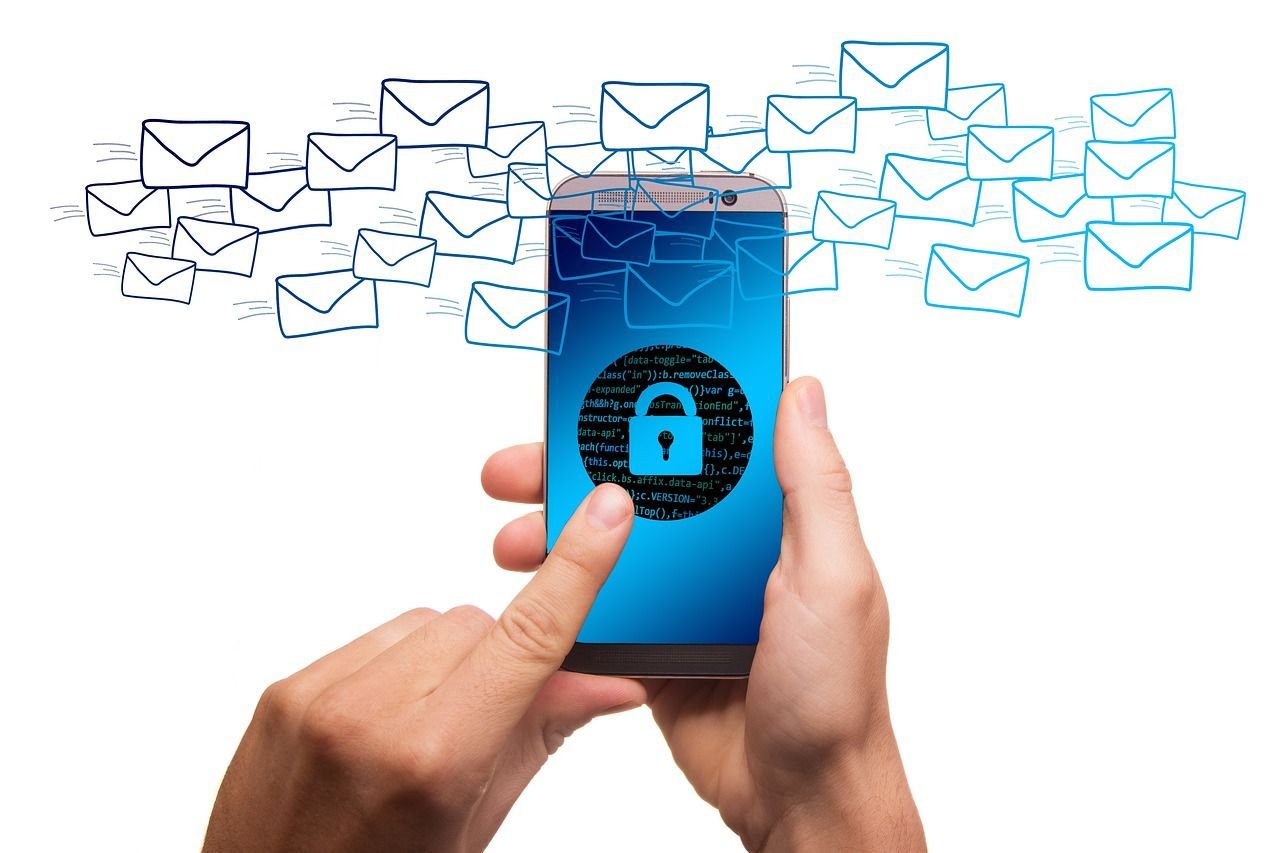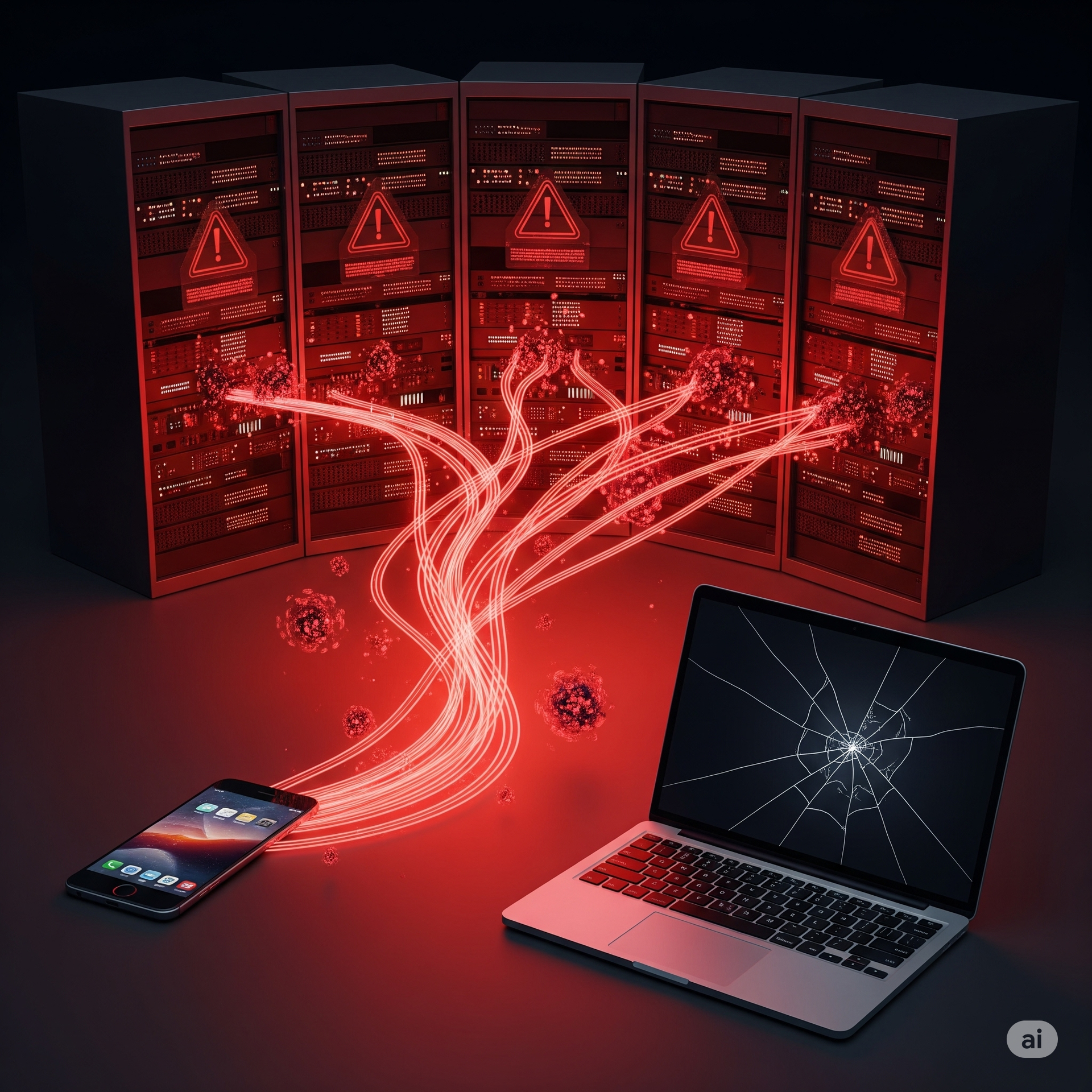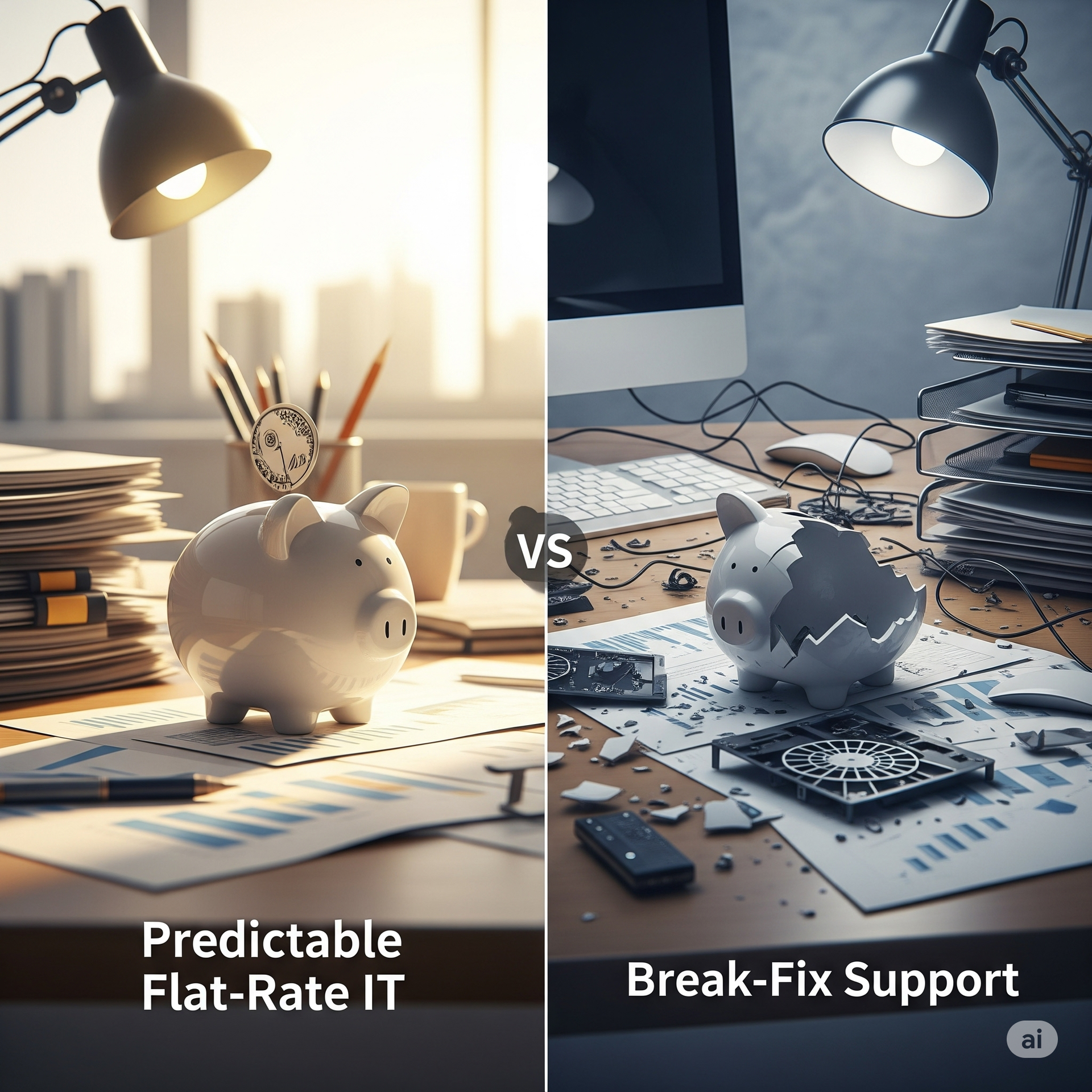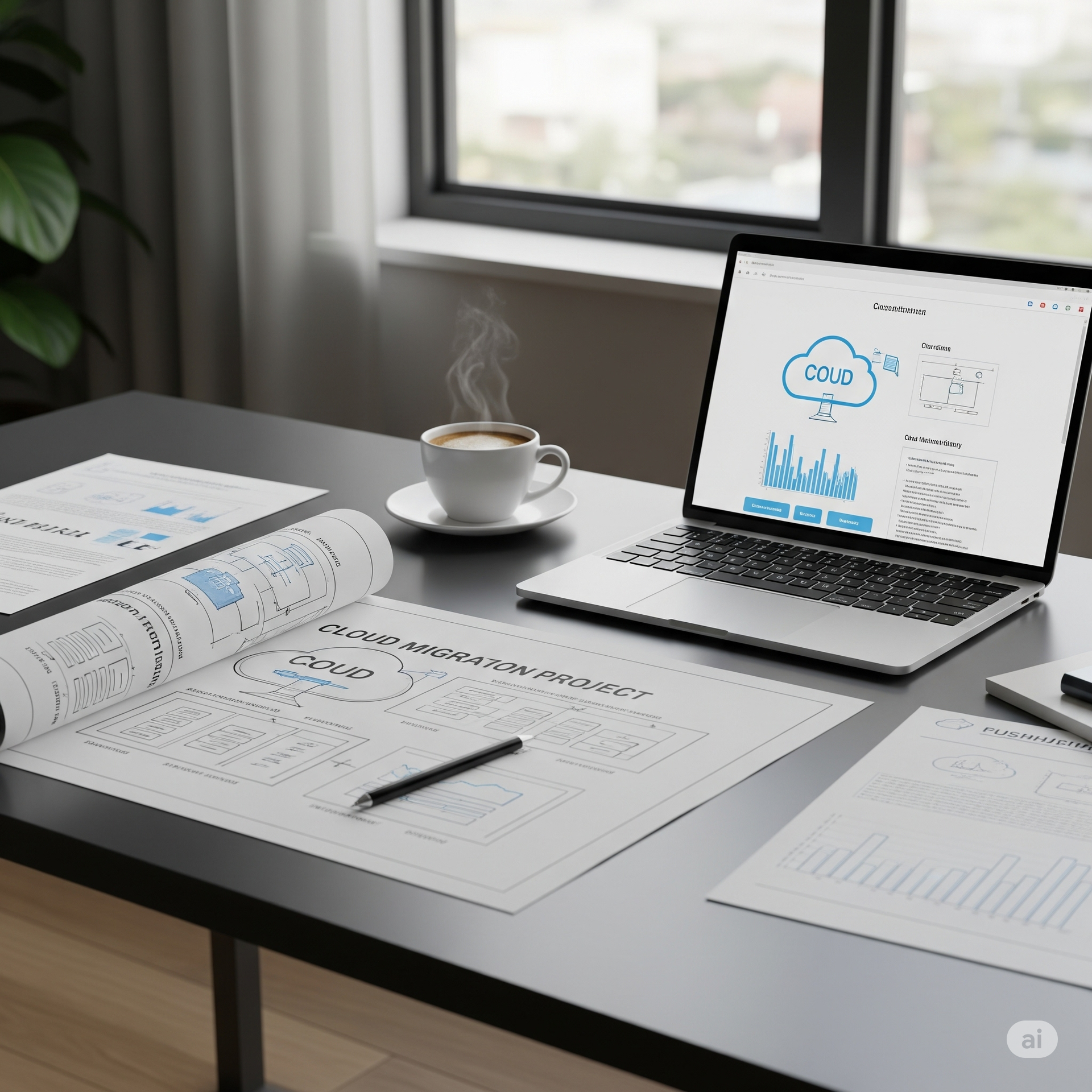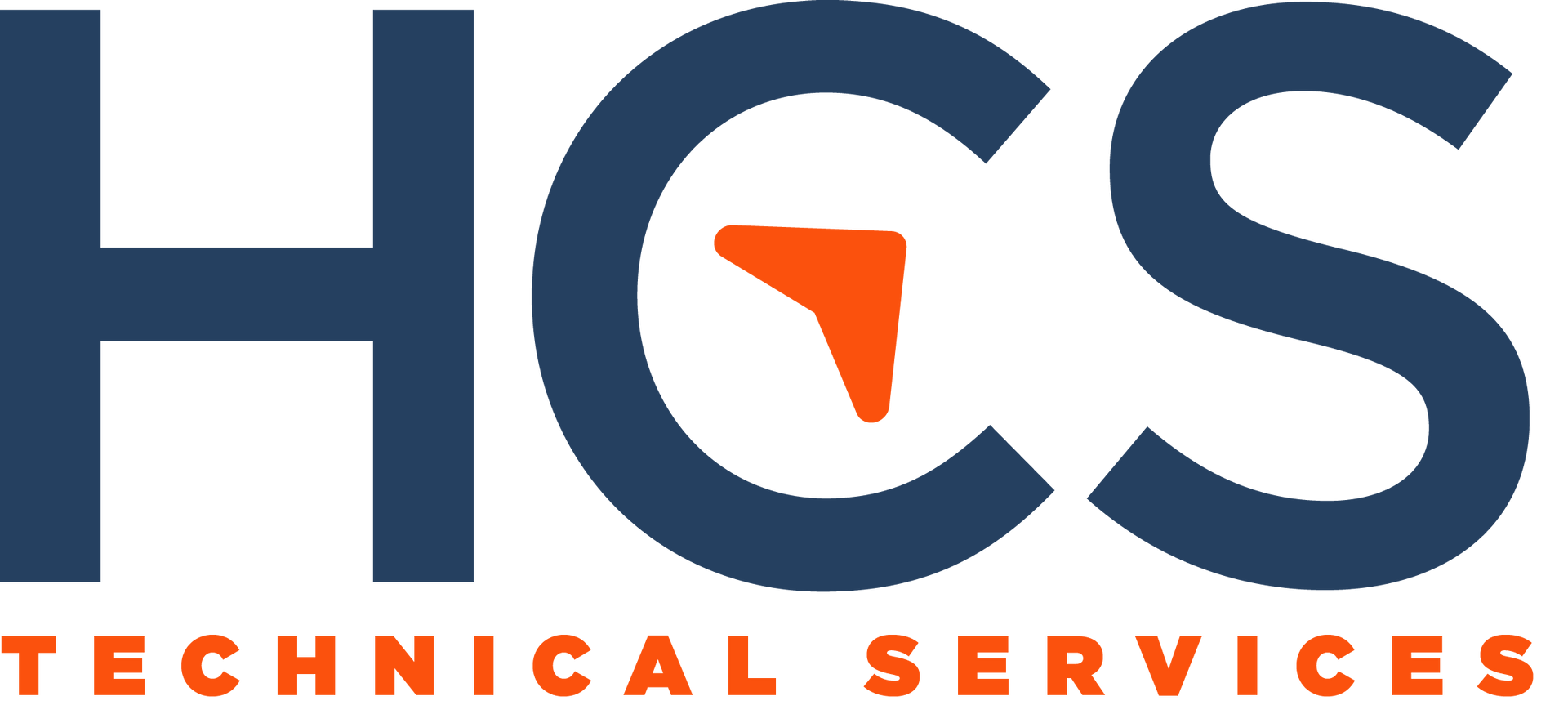Mobile Device Security: Protecting Your Company's Sensitive Information
How Can I Secure My Company's Mobile Devices and Protect Sensitive Data?

The rise of BYOD (Bring Your Own Device) culture has given businesses flexibility but also ushers in potential security threats. Inadequate mobile device management can become a chink in your corporate armor. So, how can you secure your company's mobile devices and protect sensitive data?
The Solution: Invest in a Comprehensive Mobile Device Management (MDM) Solution
The key to securing your mobile devices is to invest in a comprehensive Mobile Device Management (MDM) solution that allows you to control and secure devices connected to your network. An effective MDM solution enables you to enforce security policies, monitor device usage, and protect sensitive data, even when devices are lost or stolen.
Actionable Tip: Choose an MDM Solution with Remote Management Capabilities
When selecting an MDM solution, choose one that lets you remotely locate, lock, or wipe lost or stolen devices. This feature is crucial for preventing unauthorized access to sensitive data. Additionally, ensure that your chosen MDM solution is compliant with your industry's regulations, such as GDPR or HIPAA, to avoid legal and financial repercussions.
The Vital Benefits of Mobile Device Management
- Enhanced Security: An MDM solution can enforce the use of strong passwords, restrict app downloads, and prevent unauthorized data access. By implementing these security measures, you significantly reduce the risk of data breaches and cyber threats.
- Improved Operational Efficiency: With an MDM solution, you can better manage devices for streamlined operations, whether employees are in the office or on the go. This includes the ability to deploy apps, configure settings, and troubleshoot issues remotely, saving time and resources.
- Ensured Compliance Adherence: MDM tools can help maintain compliance with industry-specific regulations, reducing legal risks. By enforcing security policies and monitoring device usage, you can demonstrate your commitment to protecting sensitive data and avoid costly penalties.
Don't Let BYOD Be Your Security Downfall
The BYOD culture doesn't have to be a security nightmare. By investing in a comprehensive MDM solution and making mobile device management a priority, you can transform your BYOD policy into a pillar of your modern, efficient, and secure workspace.
Get Expert Help to Implement Your MDM Solution
To ensure that your MDM solution is properly implemented and aligned with your business needs, consider collaborating with experts like HCS Technical Services. Their experienced team can help you select the right MDM tools, configure your security policies, and train your staff on best practices for mobile device usage.
Securing your company's mobile devices is an essential piece of the security puzzle. By investing in a comprehensive MDM solution and partnering with experts to implement it effectively, you can protect your sensitive data, improve operational efficiency, and maintain compliance with industry regulations. Don't let inadequate mobile device management put your business at risk—take control of your mobile security today.
HCS Technical Services
